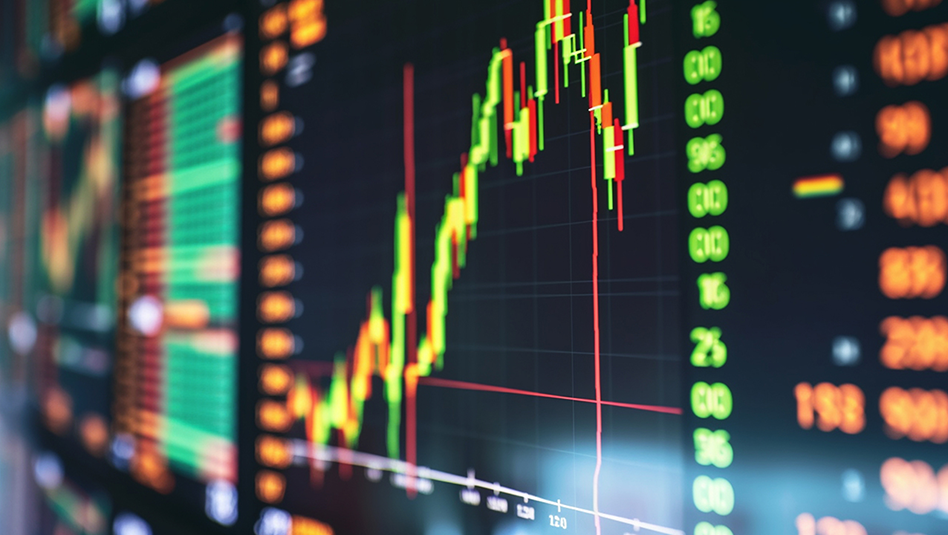March 13 (Reuters) – The collapse of two big US regional banks has forced the US bond markets into a near 180-degree turn from pricing in a more aggressive Federal Reserve and is eroding expectations the greenback could resume a new rally to fresh 20-year highs.
Emergency measures by the Fed and the US government on Sunday to guarantee bank deposits have failed to reassure markets after Silicon Valley Bank (SIVB) and Signature Bank (SBNY) collapsed.
Since Thursday, the tumble in short-term US Treasury yields, which were at 15-year highs, was the steepest since October 1987, and pulled the dollar down from three-month highs.
Two-year yields fell as low as 3.939% on Monday, down more than a percentage point from a 15-year high of 5.084% reached last week, while 10-year yields dipped to 3.418%, from more than 4% last week.
The moves come as investors rush for safe havens and adjust for a less aggressive Fed in the wake of the bank failures. The dollar dipped 0.60% against a basket of currencies on Monday.
“The market is basically saying that the Fed is done here,” said Mazen Issa, senior FX strategist at TD Securities in New York. “It wouldn’t surprise me if the market now will just try to continuously fade the Fed and won’t believe any kind of realm of hawkishness that emerges, and it’s not clear whether or not the Fed will continue to be hawkish.”
Fed Chairman Jerome Powell surprised markets last week when he said that the US central bank might reaccelerate the pace of rate hikes as it battles still-high inflation and benefits from a still strong employment picture. That sent Treasury yields sharply higher and boosted the dollar index.
But that prospect now appears off the table.
Fed funds futures traders now see the Fed as most likely to leave rates unchanged when it meets on March 21-22, or raise rates by 25 basis points, a dramatic change from last week after Powell’s comments before congressional committees, when a 50-basis points rate increase was viewed as the most likely outcome.
Some banks, including Goldman Sachs and NatWest Markets, have also said they no longer expect the Fed to raise rates this month.
Traders are also pricing for the Fed to cut rates this year, with the fed funds rate expected to fall to 3.80% in December, from 4.57% now. As of last week, traders had largely given up on the prospect of rate cuts this year.
“There are potentially heightened recession risks,” on the back of the financial stability issues, said Jonathan Cohn, head of rates trading strategy at Credit Suisse in New York.
While the market may retrace some of Monday’s sharp moves, “there are these kind of prevailing questions around the future provision of credit, of bank lending, that have to be answered before markets are going to price as aggressive of a hiking cycle as they previously were,” Cohn said.
Fed officials are in a blackout period before the March meeting, which leaves a dearth of guidance on the extent to which the financial stability risks may alter their view on further tightening.
Even if they repeat their commitment to bringing down inflation, investors may be unlikely to embrace the message to the extent they did only last week.
“If the market’s assumption as recently as a week ago was the Fed can and will continue to hike no matter what, that’s no longer, I think, the view, (and) it’s going to be very difficult for the market to come back to that view,” said Brian Daingerfield, head of F10 FX strategy at NatWest Markets in Stamford, Connecticut.
“From a dollar perspective, that’s very important because the resetting of Fed expectations ever higher was a big part of the dollar rally we had seen before these moves,” he added.
(Reporting by Karen Brettell; Editing by Alden Bentley and Jonathan Oatis)







 DOWNLOAD
DOWNLOAD



